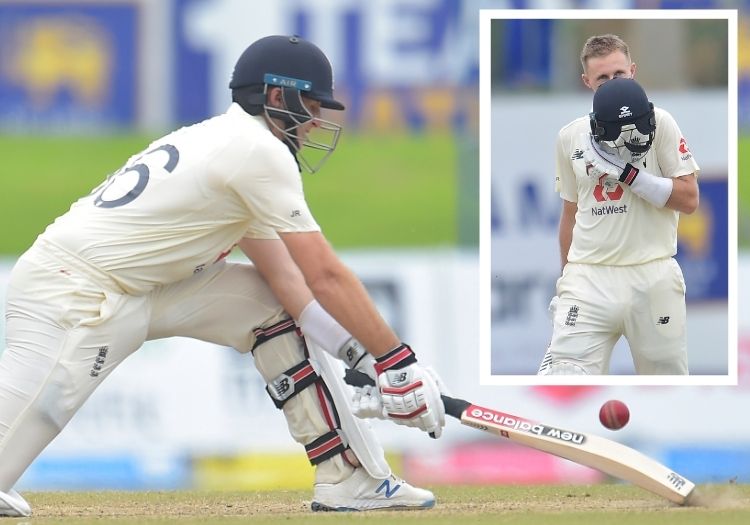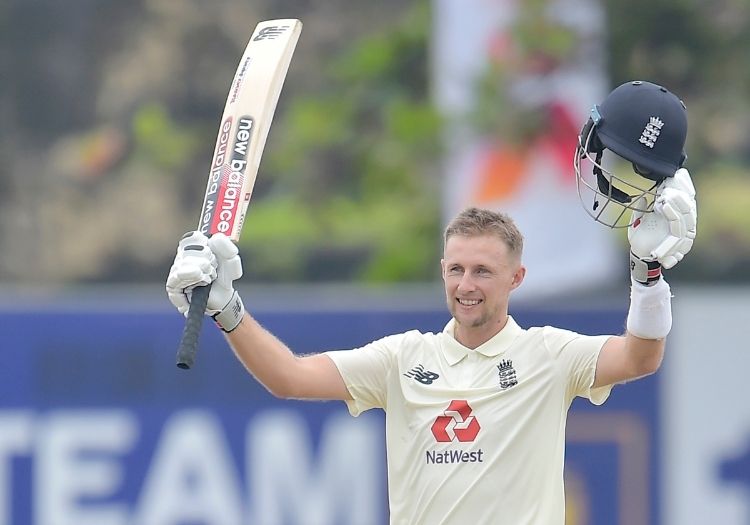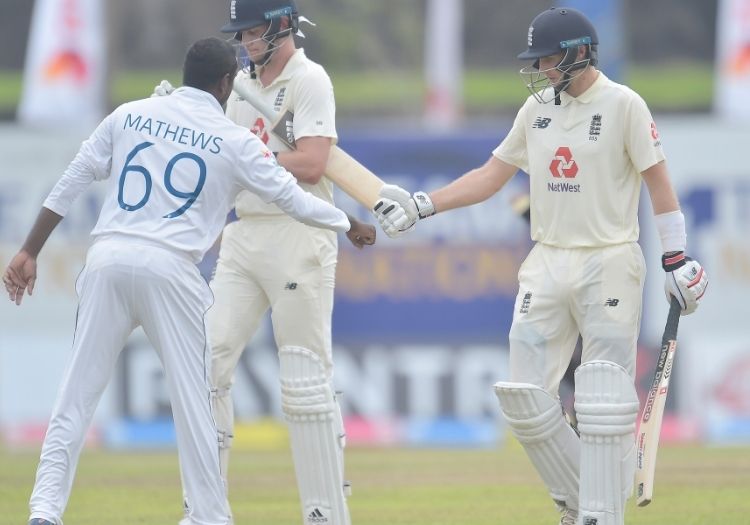SAM MORSHEAD: There are few better in world cricket at turning a hundred into a daddy: Root’s 100 to 200 conversion rate is 22.2 per cent, superior to both Smith (11.1%) and Williamson (16.7%)

Sri Lanka v England: 1st Test scorecard
Over the past three years, we have spoken an awful lot about Joe Root’s conversion rate, and with good reason.
Prior to this tour, England’s captain had passed 50 on 66 occasions in Tests, but gone on to make ‘only’ 17 hundreds.
And as sensible as the argument is that the man who goes 50, 50, 50, 50 is more valuable to a team than the man who alternates between 100 and 0 - a point eloquently explained by England analyst Nathan Leamon on Twitter recently - Root’s place among the world’s elite has come under increasing scrutiny with every ‘failure’ to turn a half-century into a ton.
The other three players in the group known as the Big Four during most of the 2010s - Virat Kohli, Steve Smith and Kane Williamson - are, as we all very well know, much more prolific in this area.
Kohli’s conversion rate from 50 to 100 is 54 per cent, Smith’s is 47.3 per cent, Williamson’s is 40.9 percent. Root’s? 26.8 per cent.
Not that the Yorkshireman classes himself on a par with those three.
In an interview with The Cricketer editor Simon Hughes last year, he said: "I try not to measure myself against Kohli, Williamson and Smith. I’m not sure I put myself in their bracket. But I do watch a lot of them play. How they go about constructing innings in the three different formats.”
When it comes to what happens after reaching three figures, however, Root is very much in the upper echelons of the world game. And his latest tour de force in Sri Lanka - a combination of clockwork and cocksuredness which gave England a tight grip on the first Test - is perfect illustration.

Joe Root celebrates his double century
Root resumed on 168 on Saturday, having been interrupted the evening before only by the rain rolling into Galle off the Indian ocean. The overnight pause did not sap any of his fluency.
He continued to pick off Sri Lanka’s spinners in their own backyard, rotating the strike in his sleep and employing the flat-batted sweep with tremendous effect.
Ten minutes into the day he reached 8,000 Test runs, courtesy of a fumble at deep midwicket, and soon he was celebrating his fourth double century in England whites. By the time he was out, toe-ending to wide long-on as the final wicket to fall, he had made 228 at a strike rate of 71.
Of the 26 individual Test scores of 150 or more made by overseas batsmen in Sri Lanka, just four have come at a greater click - and the names behind them are synonymous with power and innovation: Chris Gayle, Shikhar Dhawan, Virender Sehwag, and Kevin Pietersen.
That Root is next on the list is testament to the remarkable rhythm he wrote for himself over two days in Galle: the product of watchfulness, quick thinking, elegance and conviction; the sort of innings that is impossible without immaculate planning.
In the autumn Root emailed Leamon, requesting a list of all his modes of dismissal over the past two years. He was trying to identify any trends that emerged in how he was out during certain parts of his innings.
“I want to know if there is any sort of pattern between 0 and 20, and 20 and 50 and say 50 and 80,” he said.
“With the amount of analysis in the game you have to keep evolving.
“You can’t just bat one way all the time. Teams quickly find patterns in the way you get out. Without a total revamp you have to find ways of dealing with that. It’s like a longer version of cat and mouse.”

Root is congratulated by Niroshan Dickwella
And so, here, he either played the ball so late as to be apologetic or leaned long down the wicket, negating the spin. He rarely drove, scored more runs with the sweep than in any of his previous innings, and only chose to go over the infield twice: on the first occasion, this brought him six down the ground, on the second it triggered his dismissal.
The 60 runs he added on Saturday came at nearly a run a ball, yet not once did his knock feel exhilarating. And that is not meant as a criticism.
Instead, it was a perfect illustration of what happens when an in-form Root gets his claws into an innings. There are few better in world cricket at turning a hundred into a daddy: Root’s 100 to 200 conversion rate is 22.2 per cent, superior to both Smith (11.1%) and Williamson (16.7%). Kohli’s, at 25.9 per cent, is marginally better - but the point is that England’s captain, for all his protestations and despite a mass of criticism, really does rank in the elite.
Among England’s best ever players his conversion record is also massively superior. Kevin Pietersen turned a ton into a double 13 per cent of the time, Sir Alastair Cook managed 15.2 per cent, Graham Gooch made two 200s from 20 centuries.
No England skipper other than Root has made more than one double century while captain; only four other Englishmen have double-centuries in Asia; only two cricketers have higher scores in Sri Lanka (Gayle and Stephen Fleming); and of his 18 centuries, he has gone on to make 150-plus on eight occasions.
In the modern age, there are few who have mastered the art of going big quite like Root.
All pictures courtesy of Sri Lanka Cricket